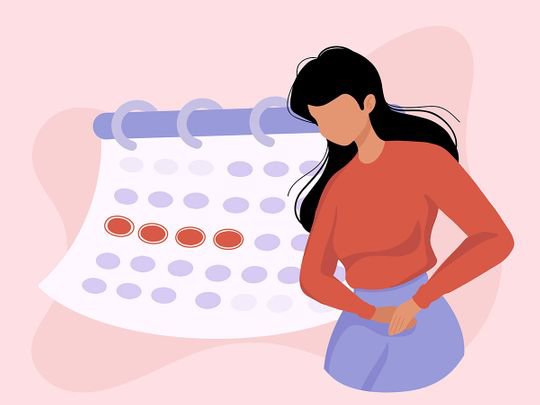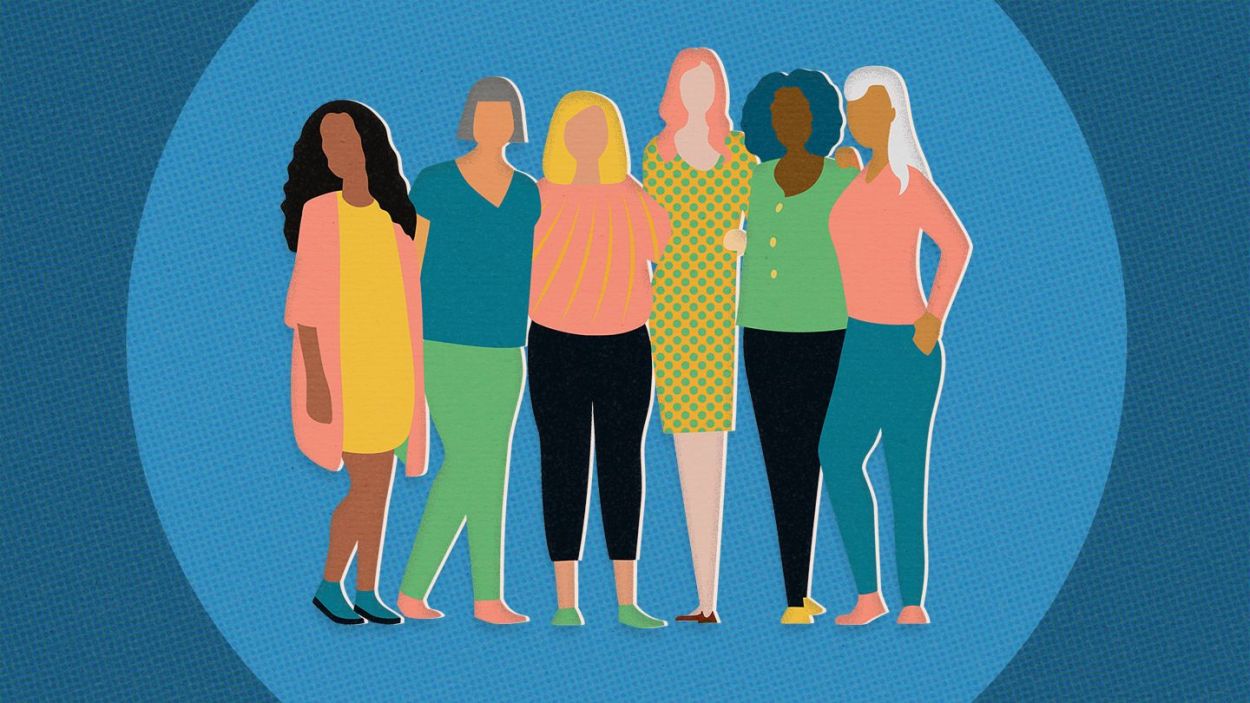Medically Reviewed by: Doyinsola Awotayo, RM, RN, BNSc
Hi there! Here is another post on the Health Series and it’s on Women’s Health
The talk on women’s health aims at helping women live a better life by letting them know important hacks on how to survive every stage of their life. Women go through a lot, more than we can imagine which makes the health of a woman a major concern in medicine.
LIFE EXPECTANCY OF AN AVERAGE WOMAN
According to statistics and data sources, at birth, life expectancy for a white woman in 1900 was 48.7 years. Same year, that for a black woman was 33.5 years.
Meanwhile, in 2000, at birth, life expectancy for a white woman was 79.9 years and that for a black woman was 75.1 years.
That’s a lot of improvement over the century. This is largely due to advancement in technology and improvements in healthcare during childbirth.
MENSTRUAL HEALTH

Menstruation often comes with several health issues or symptoms. They’re called Premenstrual Syndrome (PMS). It varies from woman to woman. Some of them are: Irritability, soreness, depression, fatigue, food cravings, anxiety, stress, bad temper, cramps, even diarrhea and so on.
PMS should be adequately taken care of so it doesn’t very much affect one’s daily activities. To take care of yourself during PMS, it is good to eat a balanced diet and fresh fruits and greens, eat frequently, get involved in physical exercise and activities, get plenty of rest, avoid excess sugary stuff and quit smoking.
Is it possible to miss one’s period?
Yes! It is very much possible. It is called amenorrhoea. Reasons why a woman could miss her period include:
• Pregnancy
• Menopause
• Extreme weight gain or loss
• Hypothyroidism or Hyperthyroidism
• congenital defects
Your menstrual health as a woman is very important. If you notice anything unusual, such as heavy periods (menorrhagia) or painful periods (dysmenorrhea), don’t hesitate to contact your healthcare professionals. Menorrhagia and dysmenorrhea are normal for some people though.
DISEASES PECULIAR TO WOMEN
• Ovarian cyst
• Ovarian and cervical cancers
• Turner and Rett Syndromes
• Endometriosis
Others are: STDs, Polycystic Ovary Syndrome (PCOS), fibroid and many others.
Intermittent medical checkups will help doctors discover these diseases early if there’s any case.
BREAST CANCER
Breast cancer occurs when cells, such as cells lining the ducts and lobules begin to grow abnormally, that is, mutation.
The American Cancer Society says that there are more than 3.8 million breast cancer survivors in the U.S and that the chance of dying from breast cancer is 2.6%.
Symptoms of breast cancer include:
• Lump in the breast or armpit or an area of thickened tissue in the breast or armpit
• Flaky skin in the nipple area of the breasts. Also, redness of the area
• Nipple discharge, aside breast milk. Discharge could be blood or bloodstained
• Irritation, dimpling, pulling or pain around the breast or nipple area.
• Change in shape and size of the breast
It is advisable to palpate the breast and underarm region once a month as a form of breast examination, advisably 3-5 days after menstruation so as to detect any pains or lumps as early as possible. This can be done by oneself or clinically, says Doyinsola Awotayo.
Breast cancer occurs when cells, such as cells lining the ducts and lobules begin to grow abnormally, but experts don’t know what causes this actually. So there’s no actual or specific cause.
But then, there are risk factors which are: Age (women over the age of 55 are liable to get breast cancer than women below the age), sex (women are at more risk than men), genetics or family background, alcohol, smoking, exposure to radiation, obesity and others.
Breast cancer can be treated by surgery, chemotherapy, radiation therapy, biological therapy, and hormonal therapy. Talk to you doctor to know which treatment is best for you.
Breast cancer can be prevented by consuming healthy foods, greens, fruits, staying away from alcohol and quitting smoking, engaging in physical exercises and maintaining a good body mass index (BMI).
It is important to note that breast cancer can also occur in men. It is almost the same as in women; the types, symptoms, treatment and prevention methods.
Meanwhile, just less than 1% of breast cancer is found in men and even very much fewer die of it. It occurs very rarely.
MENOPAUSE

This is the stage of a woman’s life that marks the end of her menstrual cycles. It is not a health issue as every woman is bound to experience it. It only shows that old age is setting in. Menopause often begins between the age of 48-58 and can last for many years.
However, menopause comes with symptoms such as irregular periods, reduced sex urge, low fertility, mood swings, vaginal dryness, sleeping issues, and health challenges such as osteoporosis, breast cancer etc.
Health challenges that come with menopause can be managed by: Eating good food, veggies, fresh fruits, balanced diet, doing regular exercises, having adequate rests, staying away from alcohol and smoking. Consult your healthcare professional if you have any serious health matter.
Menopause occurs in three stages: Perimenopause, Menopause, Postmenopause.
As menopause starts, it is good to find another alternative for intimacy with your partner as sex might no longer be the best option.
POSITIVE EFFECT OF PHYSICAL EXERCISE ON WOMEN’S REPRODUCTIVE HEALTH
Research has shown that exercise can positively affect a woman’s reproductive health. Consistent and monitored workout routine greatly helps ovulation, which leads to more menstrual cycles and thereby helps fertility.
The best kind of workout is moderate intensity workout for not more than an hour for about 5-6 days in a week. Too vigorous exercise for a long time can actually be dangerous, so it needs to be controlled.
Exercise is essential for the reproductive health of a woman. It helps lose unnecessary weight, build lean muscles in specific areas, build strength and endurance, improve general mood, alleviate stress, prevents cardiovascular diseases, build strength in anticipation for labour, and it even helps the general health of a pregnant woman’s baby.
Exercises that are good for a woman’s reproductive health, or that help fertility include: brisk walking, jogging, running, bicycling, yoga, swimming, stretches, dancing, controlled and monitored weight training. Excessive high intensity and vigorous exercise for lengthy hours can increase a woman’s risk of anovulation, thereby causing fertility problems. It should all be controlled and monitored.
In conclusion, women’s health should be given much attention to. Don’t joke with your health as a woman.
That’s it on this post. Anticipate the next post on children’s health. Don’t forget to like, share and use the comment section in case of any question or contribution. Merci 💪
You can reach me on: Phone/WhatsApp – +2348081090823
Instagram – Lekis_fitness
Email – akinsulureolamilekan@gmail.com

Thank you so much for this
LikeLike
You’re welcome
LikeLike
Nice one
LikeLike
Thank you🙂
LikeLike
Thanks for this sir
LikeLike
You’re welcome
LikeLike